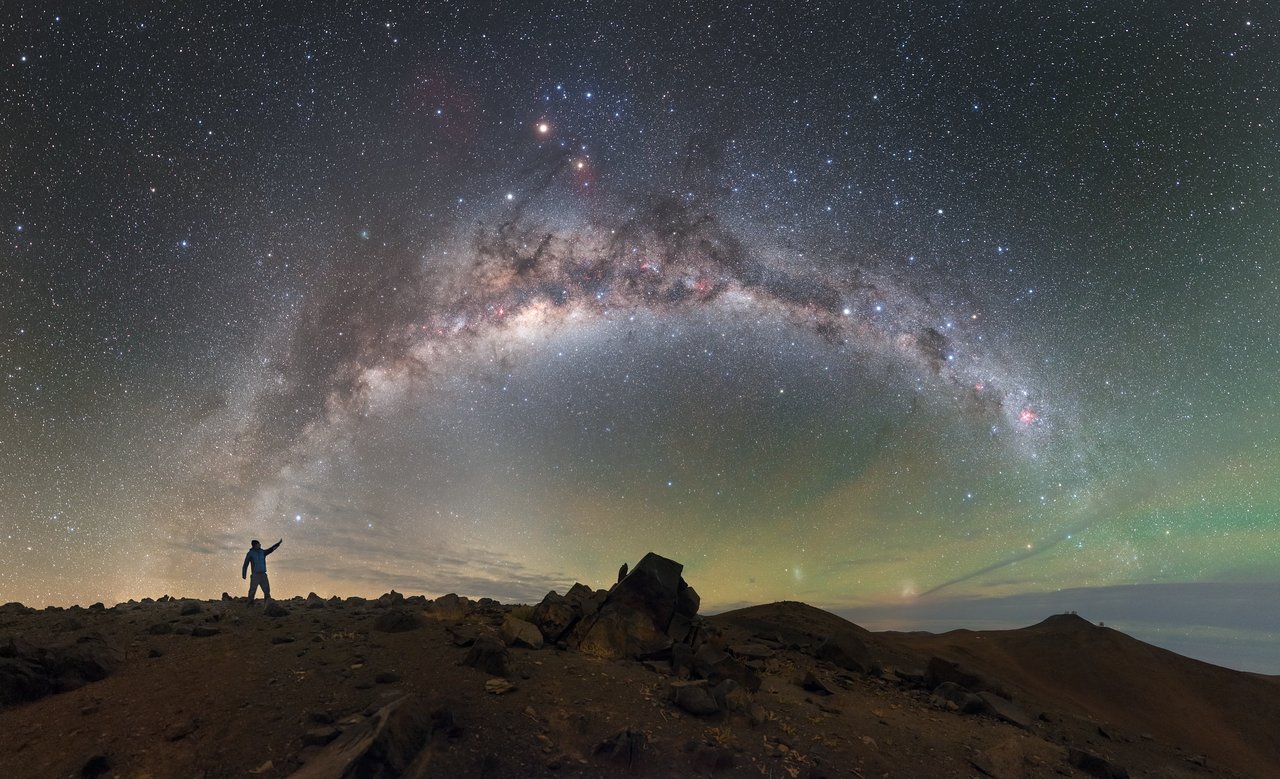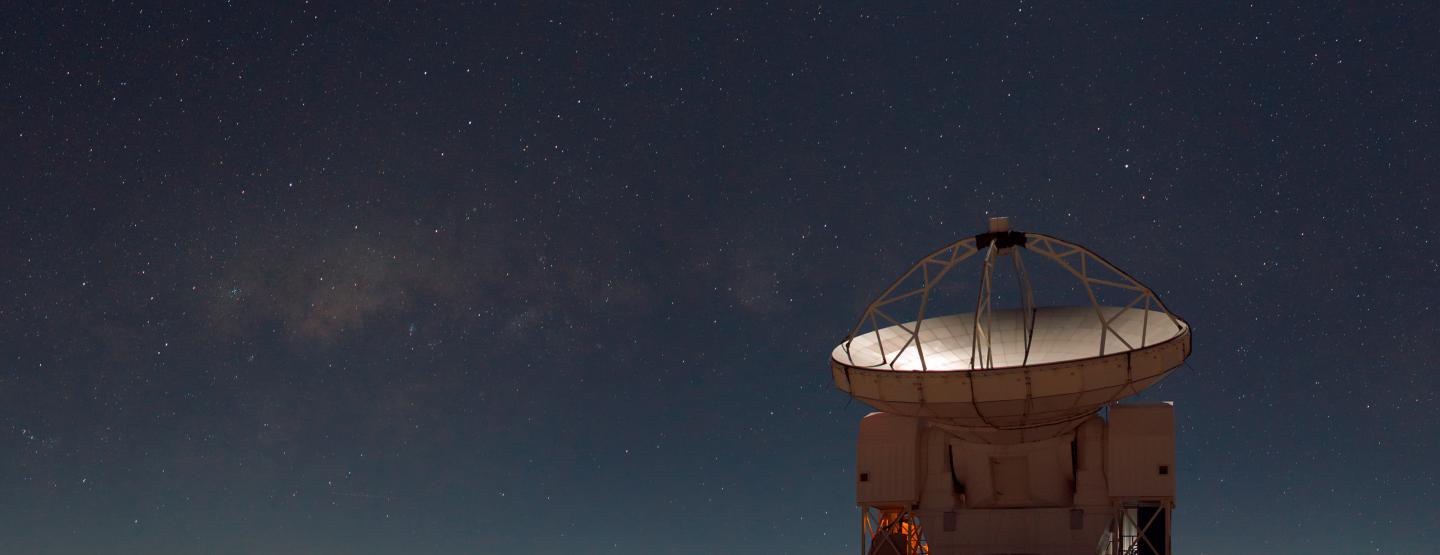Mysterious cold gas rockets out from our Milky Way galaxy's center

Turns out it's not just Superman who flies faster than a speeding bullet.
Our Milky Way galaxy has been blasting mysterious, cold gas clouds out from the galactic center "like bullets," according to a new study. What's more, scientists aren't sure how the gas was thrown out in the first place.
The researchers say throwing gas away could have implications for the Milky Way's future, since the galaxy requires gas to continue forming new stars.
Related: Stunning photos of our Milky Way galaxy
"Galaxies can be really good at shooting themselves in the foot," Naomi McClure-Griffiths, a galactic astronomer at the Australian National University in Canberra and co-author of a new study concerning the research, said in a statement.
"When you drive out a lot of mass, you're losing some of the material that could be used to form stars, and if you lose enough of it, the galaxy can't form stars at all anymore. So, to be able to see hints of the Milky Way losing this star forming gas is kind of exciting — it makes you wonder what's going to happen next."
Separate ongoing studies of the Milky Way show that we still need to learn a lot about the gas it produces and expels.
Get the Space.com Newsletter
Breaking space news, the latest updates on rocket launches, skywatching events and more!
A 2019 effort using 10 years of data from NASA's Hubble Space Telescope shows that the galaxy is getting gassier over time, for reasons that are poorly understood. A separate Hubble project released in 2015 revealed gas bubbles expanding from the galactic center at 2 million mph (3.2 million km/h), representing the leftover energy from a large event in the center long ago. And back in 2011, a study of the halo of gas around our Milky Way suggested that zone may be the main source of fuel for star formation.
The new study not only points to more questions about the Milky Way's gas, but also what activities are ongoing in our galaxy's center. Embedded in our galaxy's heart is a supermassive black hole, but researchers aren't sure yet if the black hole blew the gas out of the center. An alternative explanation is that massive stars at the galaxy's core threw the gas out with their collective gravity.

"We've observed there's not only hot gas coming from the center of our galaxy, but also cold and very dense gas. This cold gas is much heavier, so moves around less easily," McClure-Griffiths said in the same statement.
The team said that the activity could serve as an analog for other galaxies that may have similar processes for moving around gas, especially since the Milky Way — being our own galaxy — allows us to observe the gas movements from up close.
"We don't know how either the black hole or the star formation can produce this phenomenon. We're still looking for the smoking gun, but it gets more complicated the more we learn about it," lead author Enrico Di Teodoro, from Johns Hopkins University in Baltimore, said in the same statement.
"This is the first time something like this has been observed in our galaxy. We see these kind of processes happening in other galaxies. But, with external galaxies you get much more massive black holes, star formation activity is higher [and] it makes it easier for the galaxy to expel material."
A study based on the research was published Wednesday (Aug. 19) in the journal Nature.
Follow Elizabeth Howell on Twitter @howellspace. Follow us on Twitter @Spacedotcom and on Facebook.
Join our Space Forums to keep talking space on the latest missions, night sky and more! And if you have a news tip, correction or comment, let us know at: community@space.com.

Elizabeth Howell (she/her), Ph.D., was a staff writer in the spaceflight channel between 2022 and 2024 specializing in Canadian space news. She was contributing writer for Space.com for 10 years from 2012 to 2024. Elizabeth's reporting includes multiple exclusives with the White House, leading world coverage about a lost-and-found space tomato on the International Space Station, witnessing five human spaceflight launches on two continents, flying parabolic, working inside a spacesuit, and participating in a simulated Mars mission. Her latest book, "Why Am I Taller?" (ECW Press, 2022) is co-written with astronaut Dave Williams.









